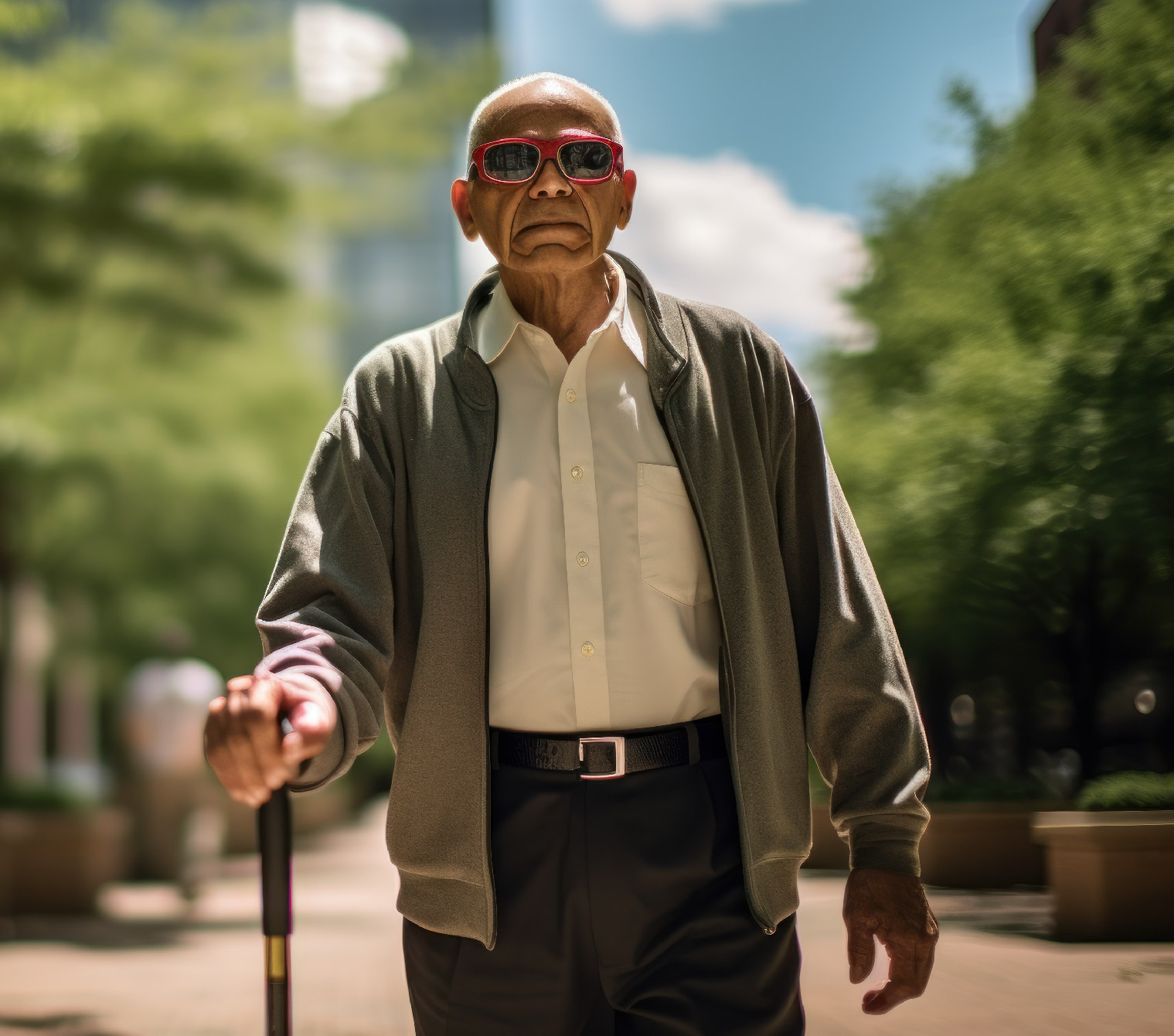Participants were invited to complete a diary each evening. In each diary, the participant was asked to consider their digital experiences in the preceding 24 hours. They recorded the number of digital activities they had done during the preceding 24 hours and the number of times those activities presented barriers in 8 categories: shopping, travel and transit, government services, healthcare, kiosks (such as digital point-of-sale systems or check-in systems), communications, and “other” activities. Then, participants were asked to share details about up to 3 specific digital barriers encountered. In an open-ended text box, participants were invited to share the task they were trying to perform, what specific barriers arose, and how they attempted to resolve the barrier. Participants reported how much time they spent on the task and how much of that time was spent specifically on resolving or trying to resolve the barrier. They also reported whether they resolved the barrier independently, with sighted assistance, or if they were unable to resolve the barrier. Finally, if the participant reported no digital barriers during the preceding 24 hours, they were invited to share details about a positive digital experience they had during the day.
Diary completion rates were excellent: most of the participants (17 participants, 85%) completed all 10 daily diaries, while one participant completed 9, one participant completed 8, and the final participant completed 2 diaries. This resulted in a total of 189 diary entries (94.5% of the possible 200 total).
In digital environments, just as in physical ones, the same individual with a disability can struggle in the presence of barriers but thrive when barriers are removed.
Download the Complete BDIS 2 Study
If you have any questions, please get in touch with our Public Policy and Research Institute at research@afb.org.
